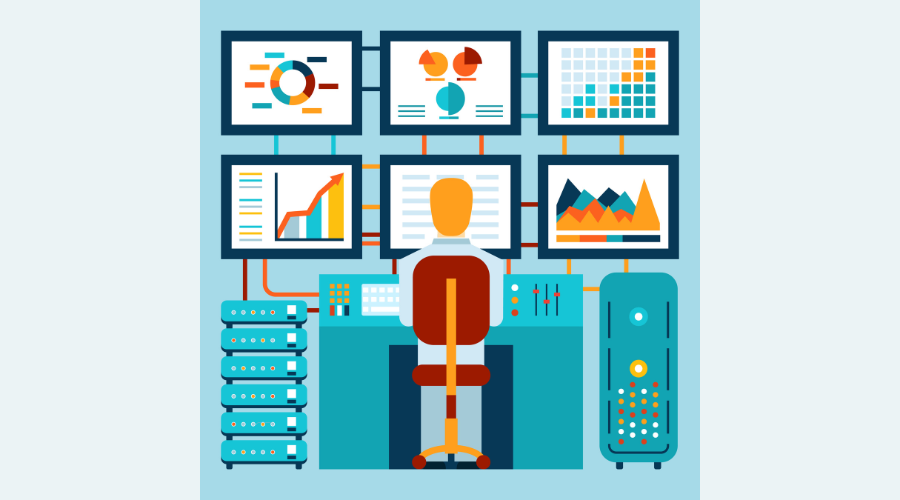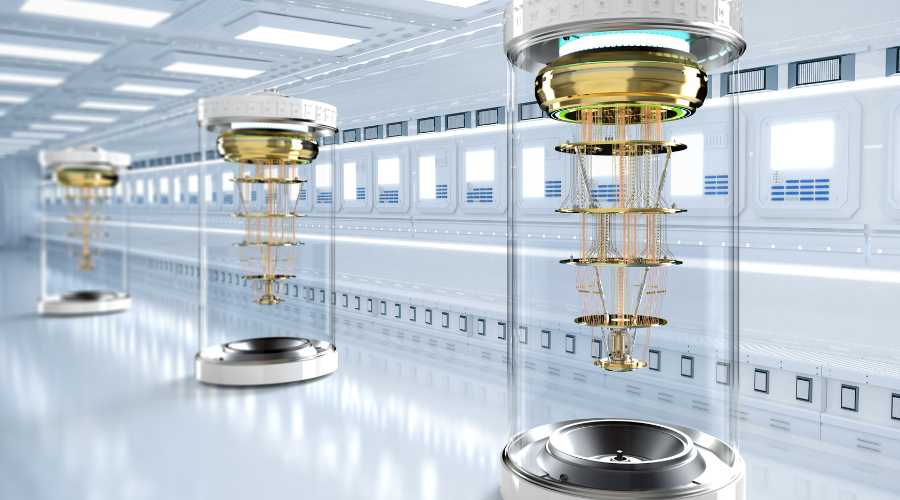Engineering and data science teams frequently face a common challenge: GPUs are costly, yet often operate far below their potential. A report from Weights & Biases indicates that nearly one-third of GPU users average less than 15% utilization, a striking inefficiency in costly infrastructure. It is not unusual for most of the cloud budget to go toward GPU nodes, with average utilization often hovering around the 30-40% mark, meaning a large portion of hardware remains idle.
This article explores how to gain deeper insight into GPU usage through robust telemetry, apply quick optimization wins, improve scheduling, and leverage PerfectScale’s automation to boost utilization without adding hardware or compromising performance.
Why GPU utilization matters
When GPUs sit idle, it’s not just about wasted compute. GPUs can account for as much as 70% of a team's ML infrastructure expenditure in some settings. That means every underutilized hour directly increases your cost per training run or inference request.
There’s also an environmental and competitive angle. Higher utilization means lower energy consumption per job, which helps sustainability goals. And faster experiment cycles mean you can deliver models to production ahead of competitors.
Understanding the key GPU metrics
Before you can improve utilization, you need to understand what you’re measuring. GPU metrics can be broken into three layers:
- Allocation utilization: How much GPU memory or capacity is allocated compared to what's available?
- Kernel or SM utilization: How many of the GPU’s compute units are actively doing work?
- Throughput (FLOP/s): How much processing power is being delivered compared to peak capability?
These sit alongside other critical metrics: GPU memory usage, memory bandwidth, PCIe/NVLink bandwidth, idle time, I/O wait, and even thermal throttling events. A strong monitoring setup lets you see all of these in context.
Common reasons GPUs underperform
The following are the reasons GPUs often fall short:
- Data bottlenecks: GPUs waiting for data to arrive from slow storage.
- Small batch sizes: Underfed GPUs that never hit their stride.
- CPU-bound preprocessing: The CPU can’t prepare data fast enough.
- Mismatched hardware: Using top-tier GPUs for light workloads.
- Scheduling gaps: Jobs spread across too many nodes, leaving GPUs idle.
- Long node spin-up times: Autoscaling delays that result in underutilization.
You don’t need to hit all of these to see a utilization dip; one or two can have a big impact.
Build a complete GPU observability stack
Optimizing GPU usage starts with visibility, and that means implementing a strong telemetry setup. NVIDIA DCGM, combined with its Prometheus exporter, can capture low-level GPU statistics that reveal the real picture of performance.
Grafana dashboards are then essential for monitoring SM utilization, GPU memory usage, and identifying top-consuming processes in real time. Collecting both node-level and pod-level metrics allows teams to connect utilization patterns directly to specific workloads, making it easier to identify inefficiencies.
For deeper analysis, tools like Nsight or framework-level profilers such as the PyTorch profiler can be used to investigate slow or underperforming jobs. PerfectScale brings all of this telemetry together in one place, correlating GPU metrics with pod scheduling, node events, and workload changes to clearly show which GPUs are over-provisioned, underused, or stuck idle.
Immediate changes to boost utilization
Not every optimization requires a full redesign of the architecture; some of the biggest gains can come from quick, low-friction changes. When memory permits, boosting batch sizes guarantees optimal GPU utilization during training. Mixed precision training can be enabled to reduce memory consumption while boosting computational speed. Using parallel data loaders and prefetching data helps keep GPUs consistently fed, avoiding idle cycles.
In production workloads, enabling inference batching can improve throughput without additional hardware investment. Optimizing container images to include all necessary drivers can significantly reduce cold start delays, even if it seems simple. These targeted adjustments often lead to measurable improvements in GPU utilization within just a week.
Fixing the data pipeline
In some cases, teams attribute slow performance to GPUs, only to find the real culprit was their data pipeline. If your GPUs spend 30% of the time waiting for data, that’s an easy win.
Data locality is key. Caching datasets closer to the GPU, even on local NVMe drives, or using a caching layer like Alluxio, can cut idle time drastically.
We’ve seen training times drop by hours just by reducing storage latency. Prefetching, parallel reads, and staged data processing can also keep GPUs fully engaged.
Smarter use of hardware
Not every workload needs a whole GPU. Features like NVIDIA’s Multi-Instance GPU (MIG) let you partition high-end GPUs into smaller slices for multiple jobs. Multi-Process Service (MPS) can also improve sharing for lighter tasks.
Choosing the right GPU type matters, too. Some teams have swapped from expensive A100s to more modest T4s for inference and saved thousands without hurting performance.
Kubernetes scheduling and autoscaling
Kubernetes gives you many levers to improve utilization if you know where to pull.
With the right configuration, you can:
- Bin-pack GPU workloads onto fewer nodes to reduce idle time.
- Use node taints and affinities to ensure workloads land on the right GPUs.
- Pre-bake GPU node images with drivers to cut autoscaler spin-up delays.
- Shut down idle GPU nodes automatically when jobs finish.
PerfectScale enhances this by spotting idle GPUs in real time and recommending shutdowns, resizes, or reschedules.
Creative workload scheduling strategies
One effective tactic involves teams running mixed workloads. Teams schedule inference jobs during the day, when real-time predictions are required, and execute training jobs at night. The result is close to 24/7 GPU utilization without adding hardware.
Another tactic is pairing workloads with different bottlenecks. For example, running a data-heavy job alongside a compute-heavy job can balance GPU and CPU use across the cluster.
Measuring success
Measuring success starts with tracking the right metrics to understand the impact of your changes. Focus on indicators like average GPU utilization over the week, cost per training epoch or per inference request, and the reduction in GPU idle hours. It’s also important to monitor how often the number of nodes is scaled down automatically and whether experiment turnaround time improves.
The numbers don’t lie; when utilization increases, costs decrease, and productivity rises, you know your adjustments are working. Over time, these metrics provide a clear picture of efficiency gains and help justify future investments in optimization. Sharing these results with stakeholders can also strengthen confidence in the strategy and secure buy-in for scaling improvements further.
How PerfectScale helps
Some teams spend months trying to guess where their GPUs are going idle. PerfectScale makes that guesswork disappear.
With real-time cluster and node-level GPU metrics, you can see exactly which pods are underusing GPUs. InfraFit and PodFit recommendations assist in right-sizing jobs, bin-packing workloads, and reducing waste. PerfectScale uses the DCGM exporter, Prometheus, and your autoscaler to find issues and suggest solutions. PerfectScale uses the DCGM exporter, Prometheus, and your autoscaler to find issues and suggest solutions.
The best part? The feedback loop is fast. You can apply a recommendation, observe the utilization increase on the dashboard, and be aware that you’re saving money in real time.
Stop buying more; start using better
Teams don’t need to buy more GPUs to train faster or serve more inferences. The smarter path is to make the GPUs already in place work harder. By combining better visibility, practical quick wins, smarter scheduling, and automation from PerfectScale, performance can be unlocked without incurring additional expense.
Underutilized GPUs represent both a hidden cost and a missed opportunity for faster innovation. Addressing the problem now not only reduces expenses but also accelerates the delivery of high-quality models to production.
If the GPU bill feels out of control, or the utilization graph is flatter than it should be, start with measurement. Once the problem is clearly visible, the fixes are closer than expected.







